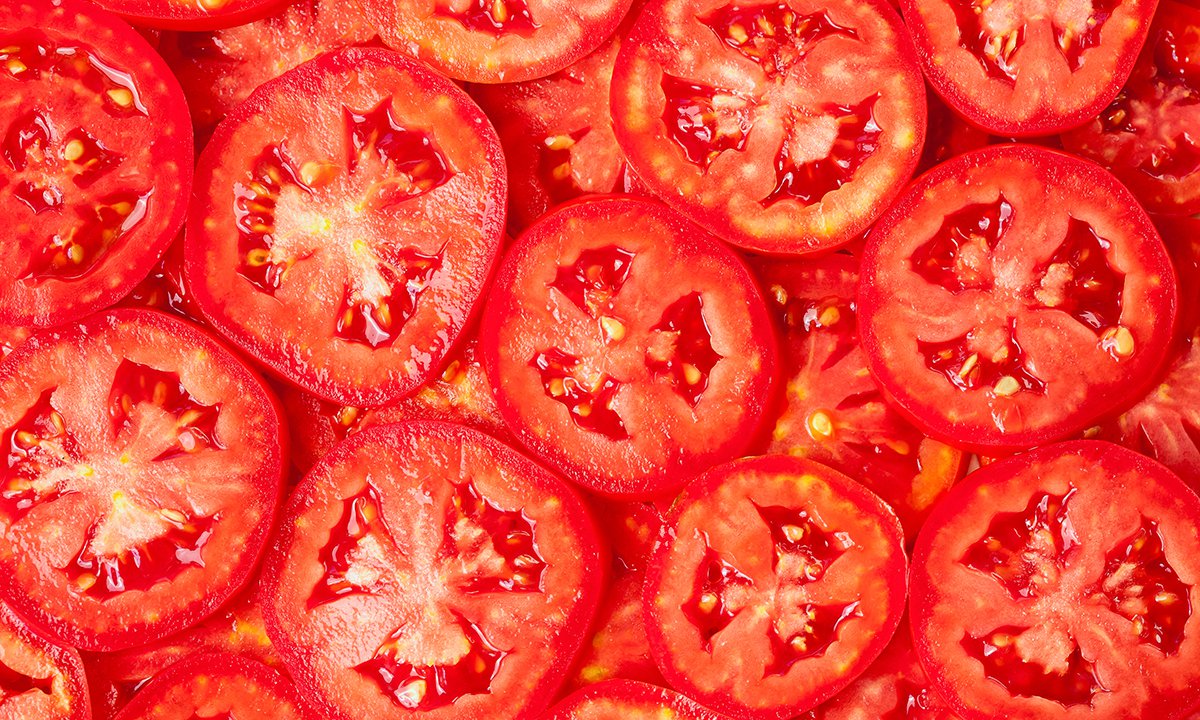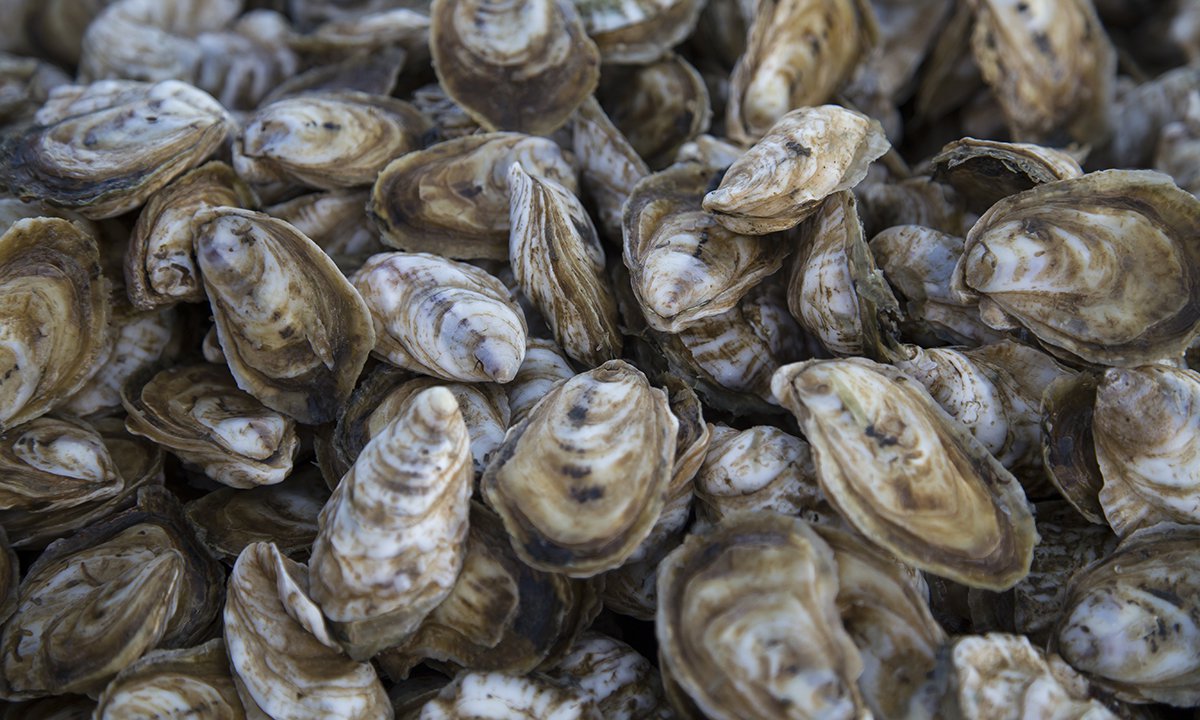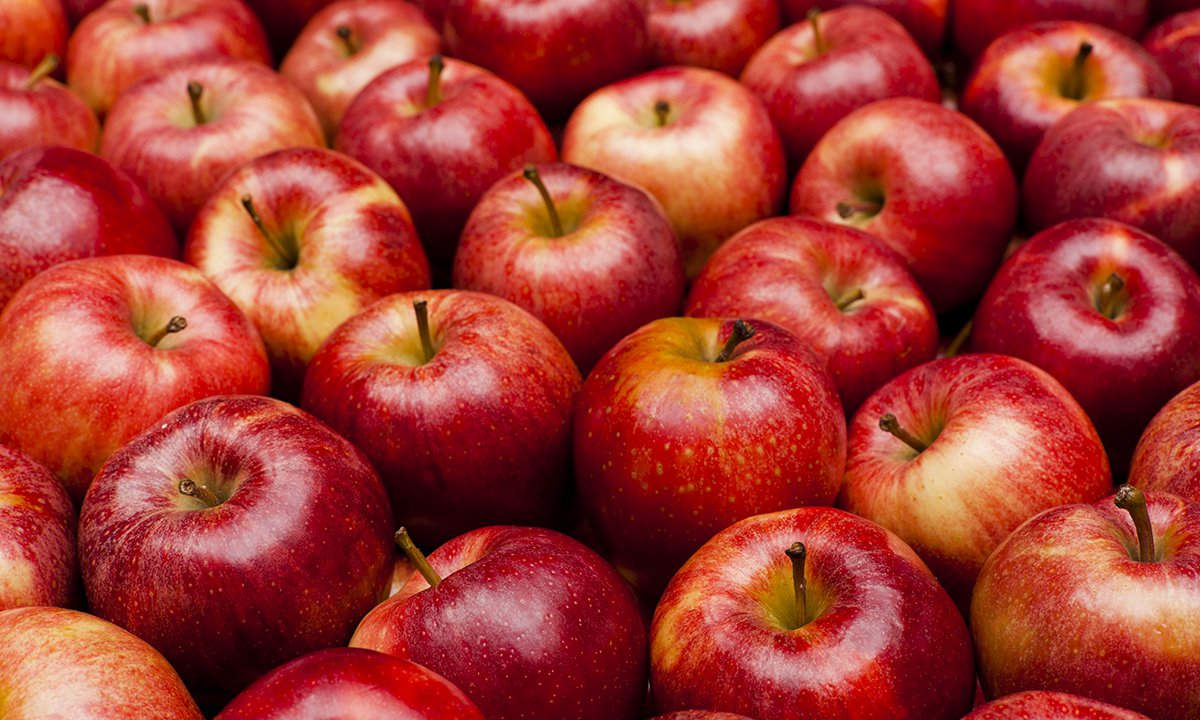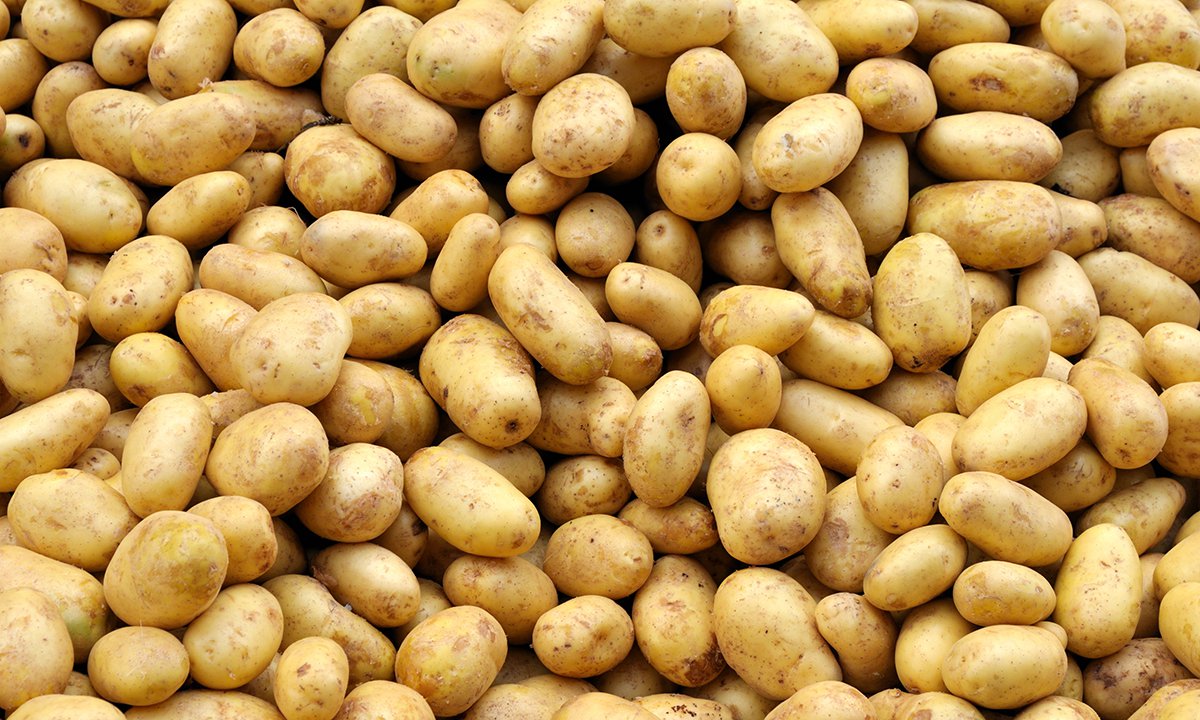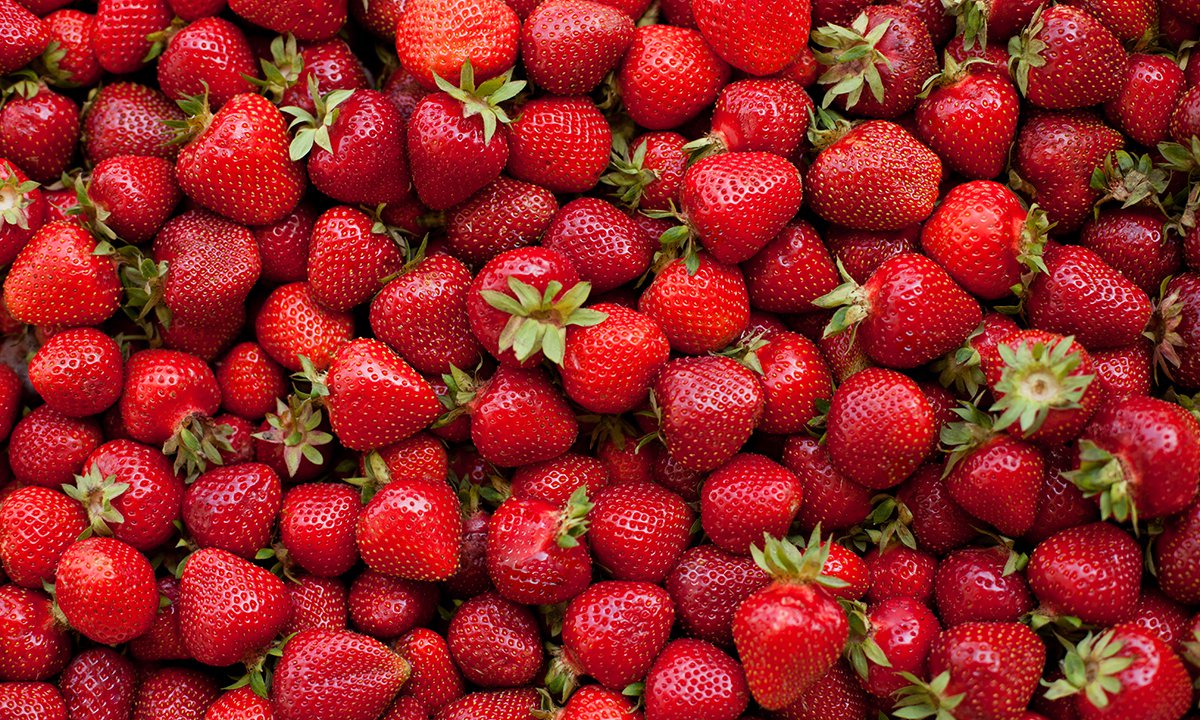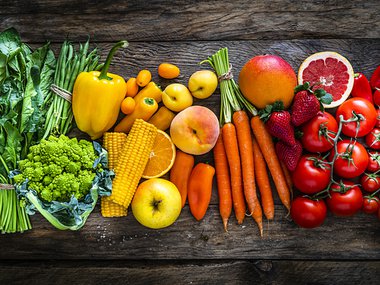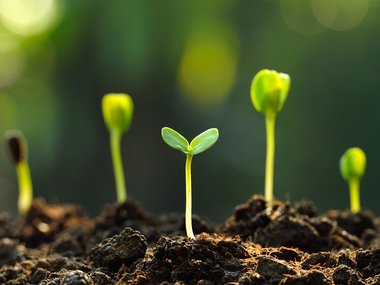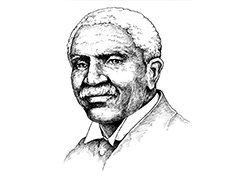Native or Introduced: Which Foods Are Originally from Virginia?
The new touring exhibition on display at the Science Museum reveals stories of everyday crops through 200 years of botanical art and illustration. Cultivating History: Food, Crops, and Art highlights important social and economic issues associated with food, and documents how plants have shaped our understanding of the natural world.
The exhibition is informative and beautiful to look at but be warned: it might make you hungry! All those depictions of crops got us thinking about foods we enjoy today and which were originally from Virginia.
Let’s see if you can guess which foods are native to the state and which were introduced by humans. Here’s the list. Don’t cheat: take a guess for each one before you scroll down for the answers!
- Tomatoes
- Corn
- Turkey
- Apples
- Peaches
- Oysters
- Potatoes
- Pumpkins
- Strawberries
Before we reveal the answers, let’s make sure you have a handle on the definitions of the words native and introduced. Native plants are species that naturally occur in a specific geographic area or region. The term native typically refers to human-prescribed political or land boundaries, such as states, countries and continents. Plants can occur naturally across borders and therefore can be native to more than one state or country.
An introduced plant is the opposite of a native plant: it’s not originally from that specific area, but instead was brought in, even if it’s been in an area for some time. Introduced plants could need special care since they didn’t evolve in that particular climate. Sometimes introduced plants thrive in the new environment, to the point that they choke out native plants. This could destabilize ecosystems and have negative consequences.
Ok, are you ready to see if you got them correct? Here are the answers!
- Tomatoes: Not native. Tomatoes are native to the Americas, but likely came to Virginia by way of Europe. Originating in the Andes region of South America, tomatoes don’t appear to have traveled to North America prior to the arrival of Europeans. Though they were eaten as food in Europe after the Columbian Exchange, many in the US thought they were poisonous and only grew them only as ornamental plants for decades.
- Corn: Not native. Evidence suggests that corn, known to indigenous cultures as maize, was domesticated in Mexico about 10,000 years ago from a native grass called teosinte. Corn appears to have arrived in Virginia sometime around 200 CE and was probably widespread by around 1100 CE.
- Turkey: Native. The eastern wild turkey (Meleagris gallopavo silvestris) ranges all over eastern North America, including Virginia. Though their population was critically reduced due to human activity through the 19th and 20th centuries, careful management has helped their numbers bounce back. It is estimated there are now over 180,000 eastern wild turkeys in Virginia.
- Apples: Not native. DNA analysis suggests that apples originated in Kazakhstan as a wild apple, Malus sieversii, and have spread all over the world as humans created thousands of domestic varieties. European settlers brought the apple to Virginia for making cider as much as for eating.
- Peaches: Not native. Though often associated with Georgia, peaches originated in China, where they have been cultivated for around 4,000 years. It’s thought Spanish monks brought peaches to Florida in the mid-1500s.
- Oysters: Native. Oysters are a critical part of the Chesapeake Bay ecosystem, and their beds there were once so large that they posed a hazard to navigation for early European settlers. By the late 19th century, the Chesapeake oyster industry was the largest in the world. However, Chesapeake oysters have been so heavily exploited that their population is now only a fraction of its historic size, and in some areas they are still declining. Fortunately, efforts are underway to bring oyster populations back.
- Potatoes: Not native. For about 250 years, many English people wrongly believed that the potato was native to Virginia, thanks to a poorly informed 16th century herbalist named John Gerard, who even dubbed them Battata virginiana. Exactly when and how the potato came to Virginia is not entirely clear, but it is clear that our favorite tuber originated in the Andes, and like the tomato, may have come to North America by way of European colonists.
- Pumpkins: Not native. Pumpkin seeds found in Oaxaca, Mexico, suggest that the pumpkin may have been domesticated as early as 8,000 to 10,000 years ago, and spread throughout North America. Though it’s not clear exactly when pumpkins arrived in Virginia, they were well-established as a food crop here by the 1600s.
- Strawberries: Native (sort of) This is tricky! There is a strawberry native to Virginia (Fragaria virginiana), but it’s not what you’re used to picking up at the grocery store or farmers market. Virginia or wild strawberry, as the native plant is commonly called, produces edible fruit, but the berries are much smaller than those of the non-native garden strawberry.
How’d you do?! What about other foods you eat regularly: where did they come from? For the next few days, examine your plate through the lens of science and see if you can identify how far ingredients traveled to make it into your yummy dish.
Also, make sure you visit Cultivating History: Food, Crops, and Art to learn more about the art and history of crops before the touring exhibition closes September 25, 2022. In addition, you can find educational resources and digital supplements at https://www.osgf.org/sharing-our-collection-with-virginia-schools.
Cultivating History: Food, Crops, and Art features art from the Oak Spring Garden Library in Upperville, Virginia, and is made available through the Virginia Museum of Fine Arts (VMFA).
